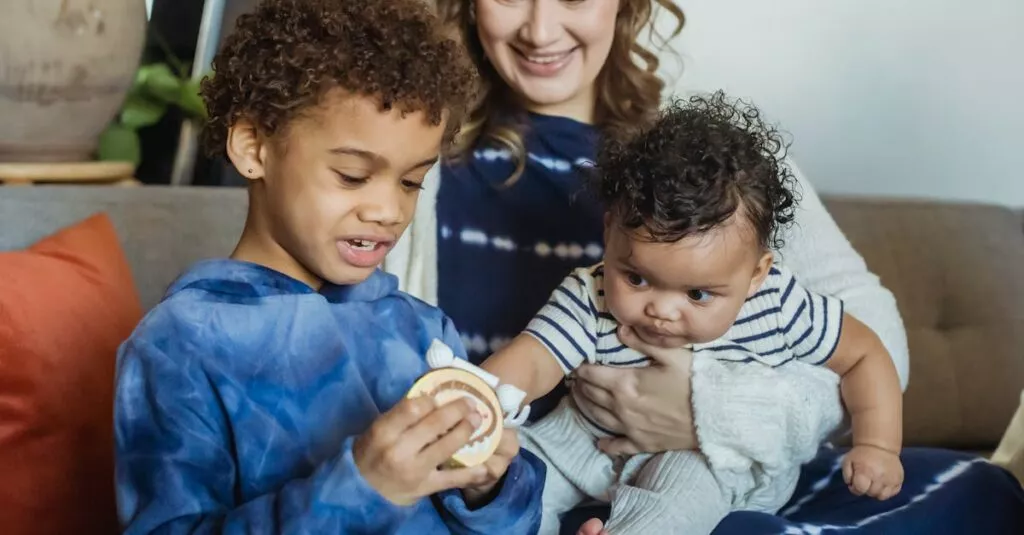Why Non-Toxic Toys Matter
As parents, we always want the best for our kids, especially when it comes to their playtime. Ensuring that toys are non-toxic is crucial because kids are constantly putting items in their mouths. Toxic toys can be harmful.
Fun fact: Did you know that some toys back in the day had lead paint? Scary, right? Knowing why non-toxic play materials matter should be a top priority. Stay with me as I navigate these plastic seas!

What Makes a Toy Non-Toxic?
Ever wondered what makes a toy non-toxic? It’s all about avoiding harmful chemicals like BPA, phthalates, and heavy metals. Look for labels like BPA-free, PVC-free, and phthalate-free. Keep it simple – if you can’t pronounce it, maybe it’s a red flag. Remember, non-toxic toys are made from safe materials like natural wood, organic cotton, and food-grade silicone. Think of it as giving a kid a veggie burger instead of a fast-food mystery meat!

Top Brands for Safe Play Materials
Navigating the store aisles can be like finding a needle in a haystack. Let me ease your burden and introduce some top brands that prioritize safety.
Brands such as Plan Toys, Melissa & Doug, and Green Toys are excellent choices for safe play materials. They have been parent-tested and kid-approved! Choosing toys from established brands ensures that you’re providing the safest play environment.
Now, go fill your cart with confidence!

DIY Non-Toxic Toys: Simple and Fun!
Want to add a personal touch to your child’s toy collection? How about some DIY non-toxic toys? You can create fun and safe toys using simple materials like wood, organic fabrics, and even recycled household items. Try making soft plushies from old cotton T-shirts or wooden blocks from untreated wood scraps. These projects are fun for both you and your child, and they provide a wonderful bonding opportunity.

How to Test for Toy Safety
Now that you have those toys, how do you ensure they’re genuinely safe? Here’s a quick test:
- Rub a cloth over the toy and sniff it. If you detect a chemical smell, that’s a red flag!
- Refer to the manufacturer’s test reports or certifications.
- Conduct a visual inspection for small parts or peeling paint; safety first!
Remember, your sensory organs like your nose and eyes are great detectives!

Handling Emotional Challenges Around Toy Safety
Parenting comes with a lot of emotional challenges, especially when it comes to toy safety. It’s normal to worry, but remember you’re doing an amazing job.
When talking to your kids about safe toys, keep it light-hearted – they don’t need to stress about it! Encourage open conversations and ask for their opinions on new toys. This helps them learn and feel involved.
Lastly, remember to leave comments below on your experiences and suggestions!

